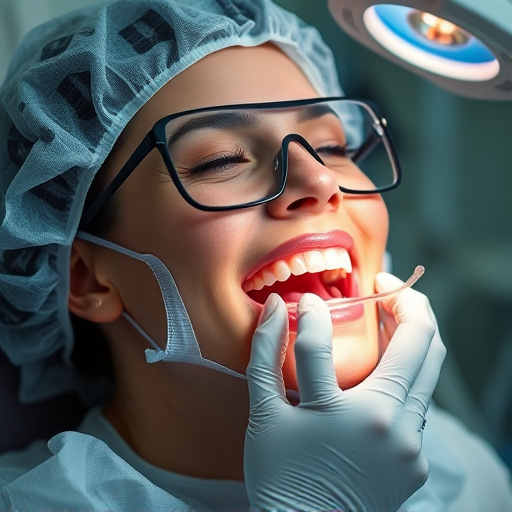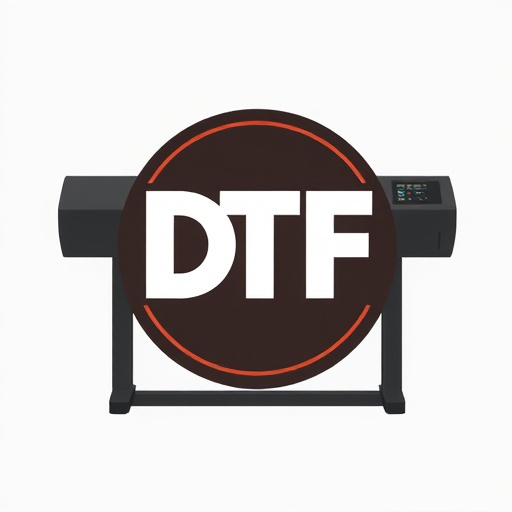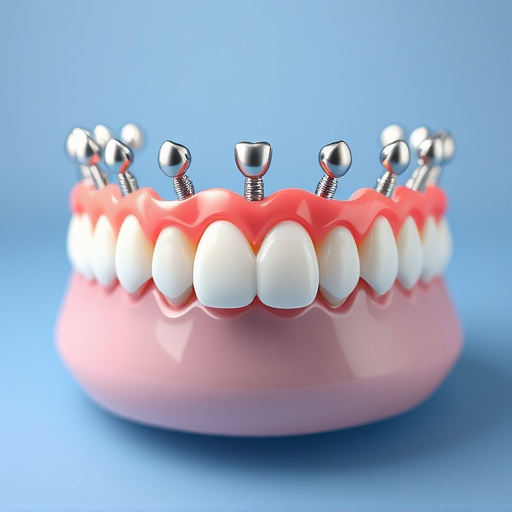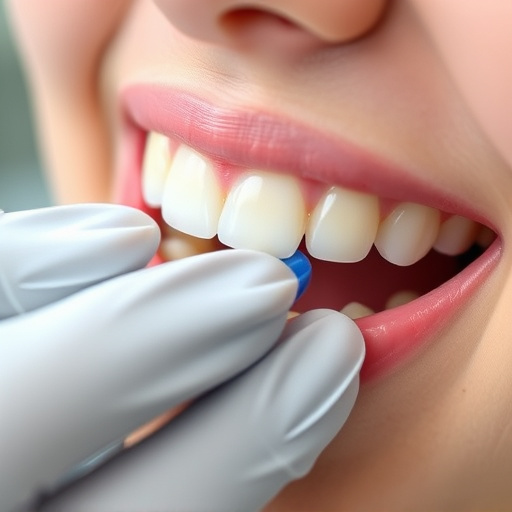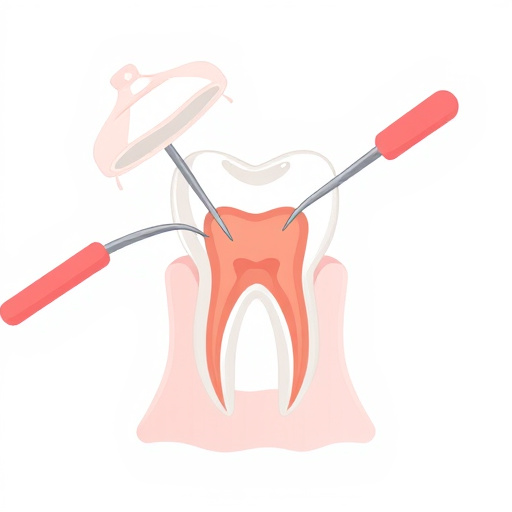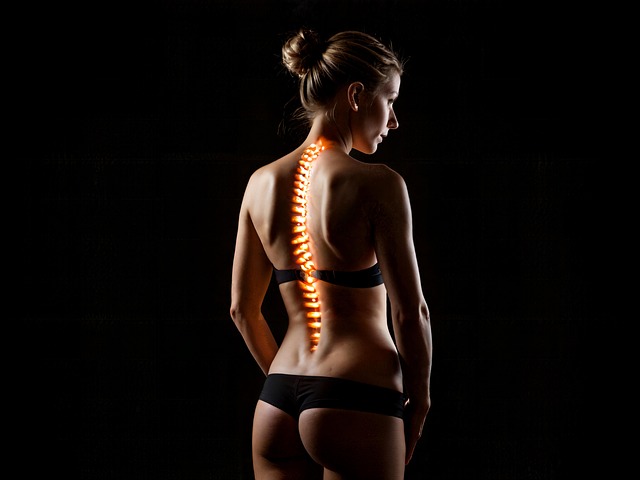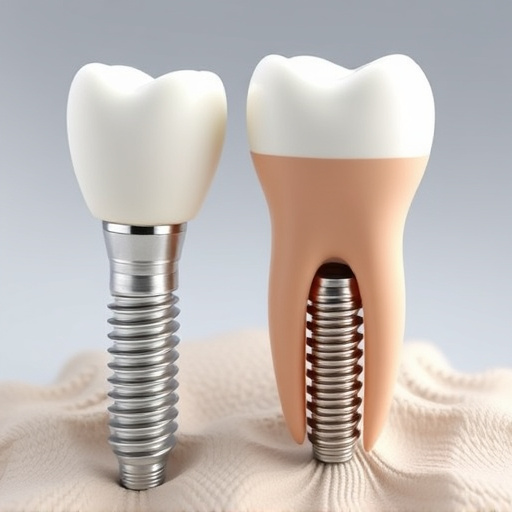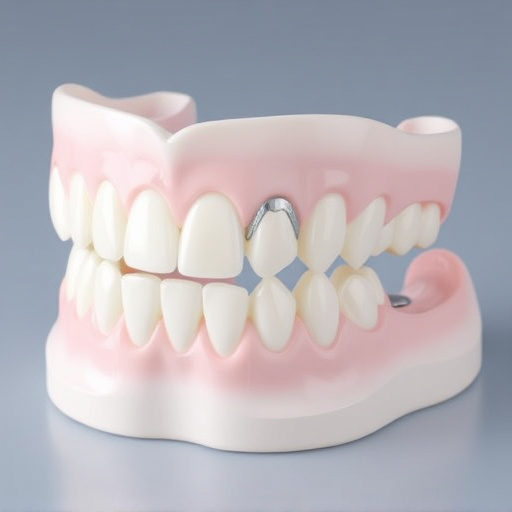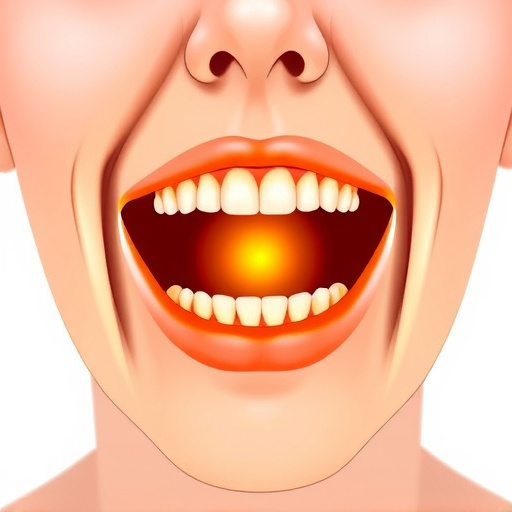Dental checkups have transitioned from pain-based treatments to preventive care, focusing on the link between oral and overall well-being. Standardized oral health assessments during routine visits help dentists detect issues like gum disease or tooth wear early, preventing them from becoming complex problems. This proactive approach includes visual inspections, functional analyses, medical history discussions, and tailored treatments, contributing to healthier lives for patients. The integration of oral health assessment into routine care promotes holistic dentistry, benefits individuals, and educates families on good oral hygiene practices, leading to improved societal outcomes.
In today’s digital era, dental checkups are evolving beyond traditional cleanings. Oral health assessment is now a standardized component, reflecting a shift towards holistic dentistry. This comprehensive approach considers not just teeth and gums but the entire mouth—a testament to the intricate connection between oral and overall health. By delving into key components like gum disease detection, tooth decay prevention, and lifestyle factors influencing oral wellness, dentists are equipped to deliver more effective patient care.
- The Evolution of Dental Checkups: Why Oral Health Assessment is Now Standardized
- Key Components of an Comprehensive Oral Health Assessment
- Benefits and Impact on Patient Care: A Shift Towards Holistic Dentistry
The Evolution of Dental Checkups: Why Oral Health Assessment is Now Standardized
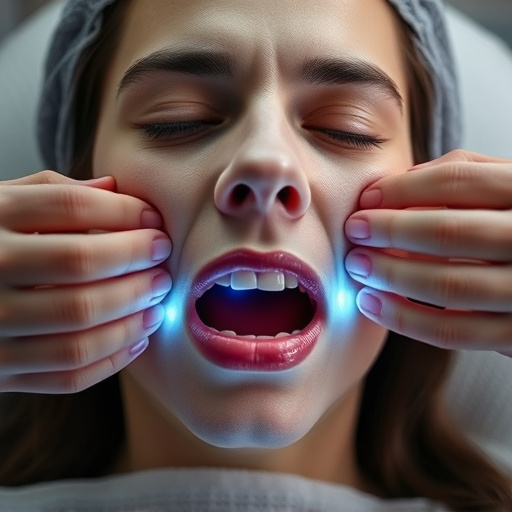
Dental checkups have come a long way from their rudimentary beginnings. Historically, dental care focused primarily on treating pain and correcting immediate problems like tooth decay or infections. However, over time, there’s been a significant shift towards preventive care, leading to the standardization of oral health assessment in routine dental checkups.
This evolution is driven by the recognition that maintaining excellent oral health is integral to overall well-being. Regular oral health assessments allow dentists to identify potential issues early on, such as gum disease or tooth wear, which can be addressed before they escalate into more complex and costly problems like tooth repair or the need for dental implants. By incorporating these assessments into standard practice, dentists play a proactive role in their patients’ overall health, ensuring not just healthy teeth but also healthier lives.
Key Components of an Comprehensive Oral Health Assessment
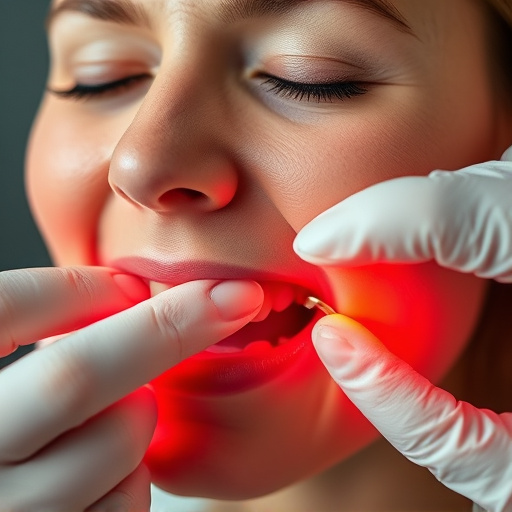
A comprehensive oral health assessment involves several key components that ensure a thorough examination beyond the surface. This process starts with visual inspection, where dentists carefully observe and evaluate the teeth, gums, tongue, and other oral structures for any signs of damage, abnormalities, or potential issues. The assessment includes checking for tooth decay, gum disease, oral infections, and even early signs of mouth cancers.
Furthermore, it encompasses functional analysis, considering how well the teeth work together during chewing and talking. Dentists may also perform diagnostic tests like X-rays to identify structural problems, such as impacted teeth or bone loss. Other crucial aspects include discussing medical history, evaluating oral hygiene practices, and planning personalized treatment, which might include procedures like dental bonding for repairs, regular dental cleanings to prevent plaque buildup, or advanced solutions like dental implants for tooth replacement.
Benefits and Impact on Patient Care: A Shift Towards Holistic Dentistry
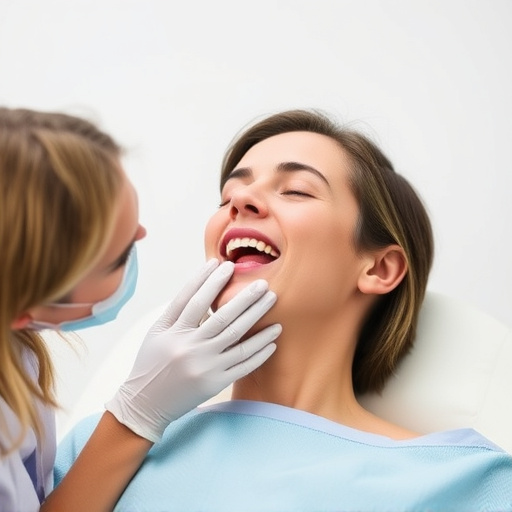
The integration of oral health assessment as a standard component of dental checkups marks a significant shift towards holistic dentistry. This approach recognizes that oral health is intricately linked to overall well-being, with potential implications for systemic conditions ranging from heart disease to diabetes. By incorporating detailed oral evaluations into routine care, dentists can identify early signs of decay, gum disease, and other issues, enabling prompt intervention and potentially preventing more severe complications down the line.
This shift not only benefits individual patients but also has broader societal impacts. In a family dentistry setting, regular oral health assessments can educate patients on the importance of good oral hygiene practices, leading to improved oral health outcomes for families. Moreover, advancements in procedures like teeth cleaning and clear aligners now allow for more effective and esthetically pleasing treatments, enhancing patient satisfaction and encouraging compliance with dental care recommendations.
Oral health assessment has evolved from a secondary consideration to a fundamental aspect of dental checkups. By incorporating comprehensive assessments, dentists can now detect early signs of oral diseases, improve patient outcomes, and promote holistic well-being. This shift underscores the growing recognition of oral health as an integral part of overall health and wellness, ensuring that patients receive more nuanced and effective care.



